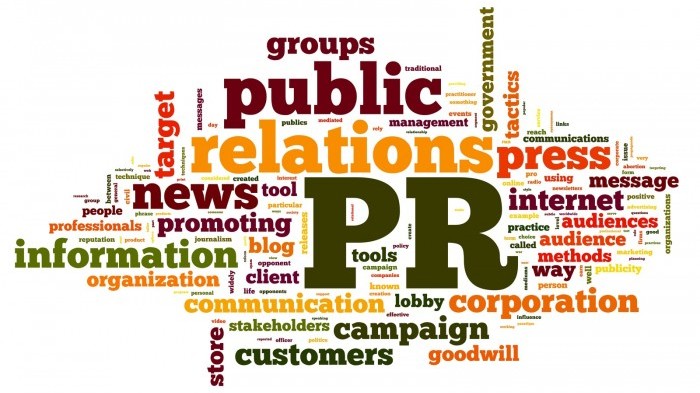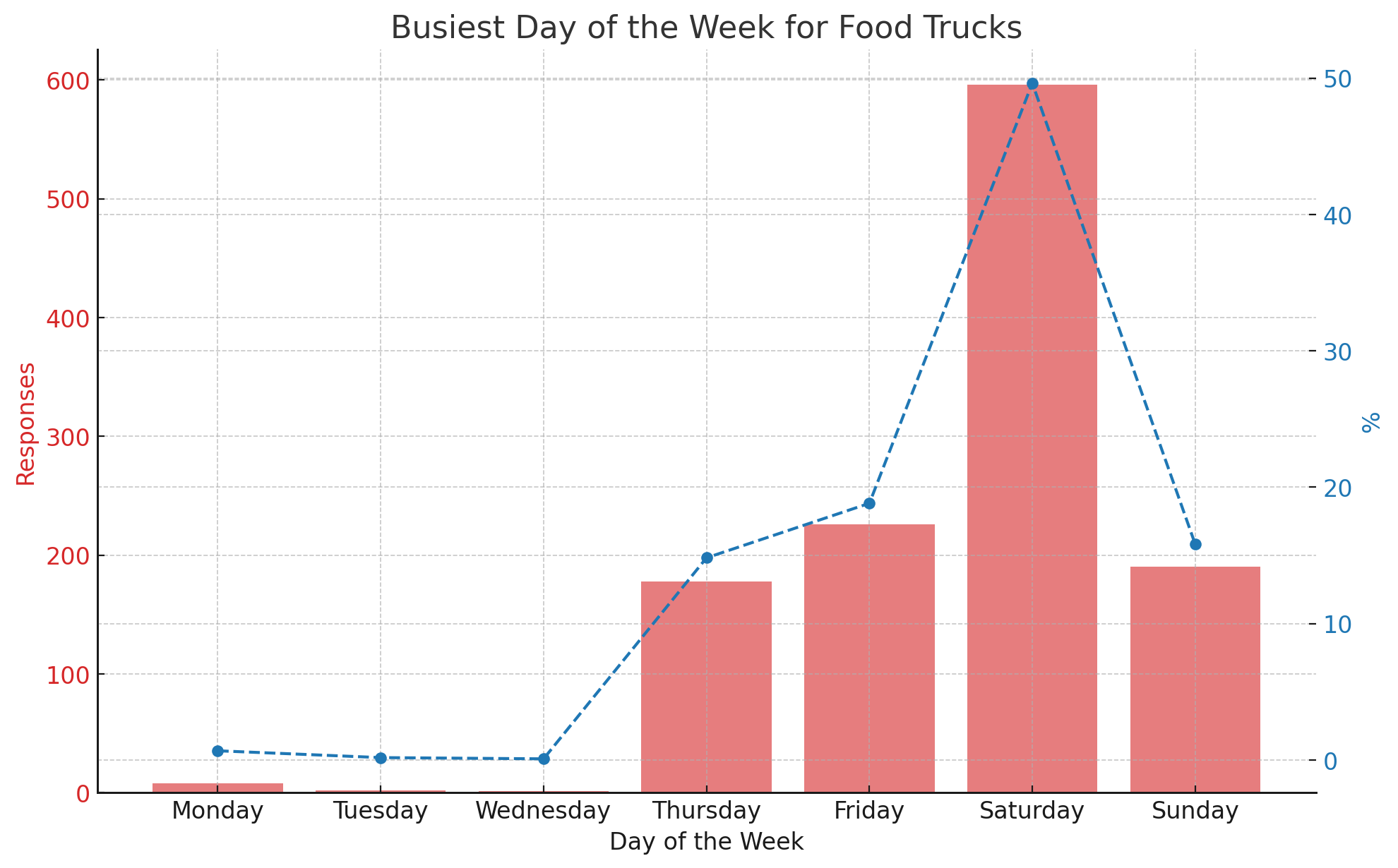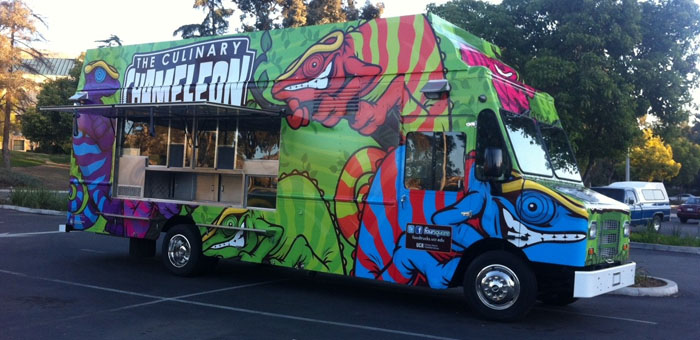Most food trucks across the country lack the cash to invest in an internal press staff. So as usual, this task is just one more job an already busy mobile food vendor. So what is it that journalists want when you send them information about your food truck or an event you are going to be part of? Knowing public relations basics will be key to building a strong relationship with the press.
Public Relations Basics: 10 Do’s & Don’ts For Pitching A Story To The Press
Public Relations DOs
- Research and figure out the right reporter before you pitch a story. All reporters have beats and Associated Press also has national writers who specialize in certain areas. These include business, entertainment, medicine, health, sports and lifestyles.
- Make sure your story pitch is national in interest and sharply focused. AP is for national and international news. Stories about local food truck events and a new menu items developed by a local food truck aren’t AP stories. They are better suited for a local publication.
- Write succinct press releases. Use bullet points noting the time, place and date of the event and a FEW sentences explaining the “what” and “why” of the story. Every newsroom in America receives hundreds of press releases each day by fax and email. Long winded pitches fall through the cracks.
- Tell reporters that if you’re sending a pitch to multiple people within the same newsroom. If a reporter begins a story based on a pitch, only to find out one or two other reporters in other departments or beats have done the same thing, this will make reporters more cautious the next time you pitch something.
- Take no for an answer. Nothing drives a reporter crazier than getting multiple pitches for the same story from the same person. After they’ve said no once, twice or even three times or having a spokesperson argue on the phone over a “no” response. If you accept a no this time, maybe the next time they will work with you. If you drive them nuts when they are on deadline, that won’t happen.
- Be consistent and send news out regularly. One day your food truck story may be the one that gets chosen to follow.
Public Relations DON’Ts
- Shop your story around to multiple reporters at once. If one reporter turns down your pitch, it’s likely all reporters will turn it down. If a reporter can’t handle your pitch or it isn’t in their beat area but he or she thinks it has interest, the reporter will pass it along to the appropriate person. Please keep in mind, they talk to each other and pass along pitches all the time.
- Call to follow up on a pitch. If they are interested, they will call or email to let you know.
- If you really have a great story, DON’T wait until the day before, or even two days before, to pitch it. The best stories may require a week or more of planning and reporting. Too often, pitches that could have been a good story, but we are first notified of them the day of the event or the day before. That’s just not enough time to turn around a story, alert all the editors, coordinate any video or photo coverage and edit the piece.
- Assume you know everything about pitching the media. Media is ever changing and fast moving. With the proliferation of news sites on the Internet popping up daily, news comes in many forms and we can all learn a thing or two!
RELATED: Public Relations And How They Affect Your Food Truck
The Bottom Line
Public relations is the persuasion business. You are trying to convince consumers inside and outside of your local area, to promote your food truck, purchase your menu items, and even support the food truck industry. Without a strong relationship with local media channels, this job can be nearly impossible.
If you and your food truck follow other rules that would fit into a list of public relations basics, please feel free to share them in the comment section, our food truck forum or social media. Facebook | Twitter




